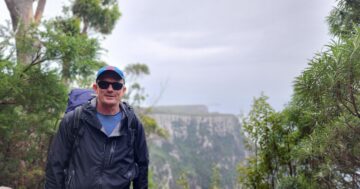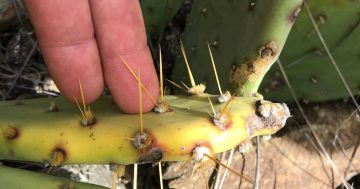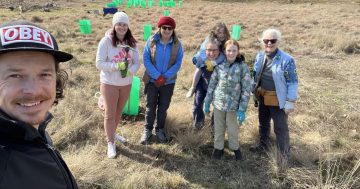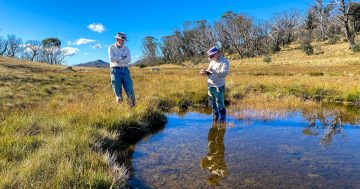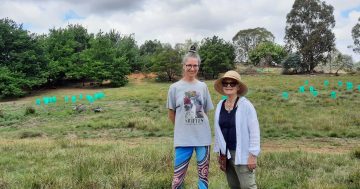
A Pied Currawong eating firethorn berries, before spreading the seeds. Photo: Ian Fraser.
ACT Parks and Conservation Service is urging Canberrans to keep an eye out for two invasive plants.
Due to recent rain, a mass of cotoneaster and firethorn have found their way into some urban nature reserves.
Commonplace outside the capital’s reserves, the plants are considered highly invasive weeds once inside.
Their seeds are often carried and spread by birds who eat the plants’ berries.
President of the Friends of Grasslands, Jaime Pittock, says the plants can be incredibly harmful to Canberra’s natural flora and fauna.
“Originally firethorns and cotoneasters were given out and planted as Canberra was built,” Jaime says. “They aren’t native to the area so there are issues with how they fit into the ecosystem because Canberra is a frost hollow grassland.
“They spread a lot, and wildly, almost like a cancerous mass around trees. Many of the native plants and trees that firethorns and cotoneasters are often found around can be out-competed by these invasive plants.
“They don’t just affect plants, they can also affect how some animals around this area feed and hunt.”

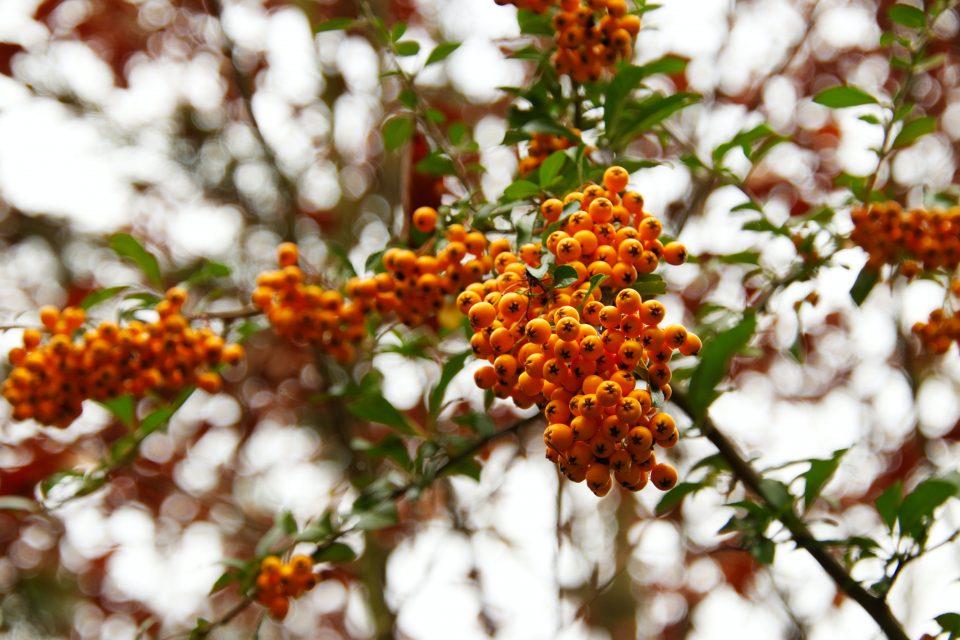
A non-profit association run by a group of volunteers, Friends of Grasslands is dedicated to conserving the natural ecosystems in south-eastern Australia by providing surveys, landcare, education and advice.
The group recently removed up to 5000 cubic metres of these invasive weeds.
“We try to cut down as many of these kinds of plants as we can to try and convert the areas back to what they’re supposed to be like.”
Jaime encourages Canberrans to remove the plants entirely where possible.
“I would highly suggest people get rid of them and plant something else,” he says. “There are plenty of native species that do the same job. I would also suggest trying to convince others to get rid of them.
“They’re terrible plants and it’s a very practical thing that we can all do to get rid of them when and where we can.”
ACT Parks and Conservation Service asks Canberrans to prune the berries or remove the plants entirely.












